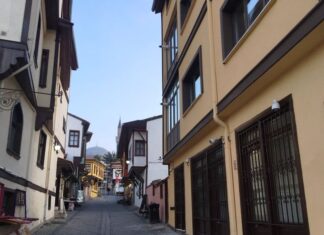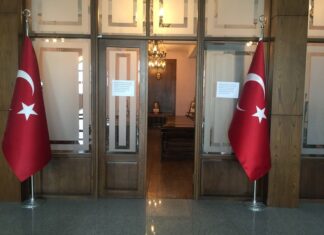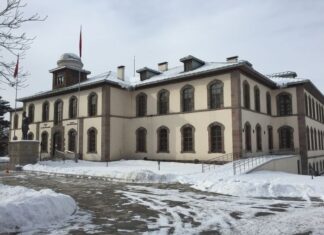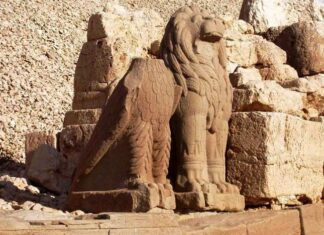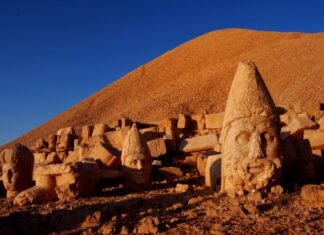Home Blog
Bulgarias Economy Between 1920 and 1936
Industrial Growth in the Early 1920s
Between 1920 and 1923, Bulgaria experienced significant industrial growth despite a global economic crisis. During this period:
379 new industrial...
From 1900 to 1912
Industrial Expansion and Banking
During the first decade of the 20th century, Bulgaria saw significant industrial growth. Many banks became shareholders in industrial enterprises, providing...
Development of the Bulgarian Economy
This is a summary of the main features of the Bulgarian economy after the Liberation in 1878. The economic history of Bulgaria can be...
West African Islands Major Ellis
Major Ellis, well known as the author of West African Sketches and other works, collected the notes from which this volume was prepared. His...
An Honor to American Opticians
Through the courtesy of Messrs. Alvan Clark & Sons, we are pleased to share an extract from a letter written to them by Dr....
West African Islands
Major Ellis, known for his book West African Sketches and other works, compiled detailed notes on the West African islands. His observations include information...
Controversy Over Modern Greek Translations
Background of the Dispute
In the early 1900s, a serious controversy erupted in Athens over the translation of the Bible into modern Greek. Many scholars...
Language Controversy in Greece
Ancient vs Modern Greek
In the spring of 1902, Athens experienced political riots caused by a dispute over language. Greek scholars are very protective of...
Politics in Greece
The Burden of Politics
Politics has long been called the curse of Greece. The country is small, its financial and industrial resources are limited, and...
Prince Ferdinand’s First Success (1893)
By 1893, Prince Ferdinand had achieved his first major success as ruler of Bulgaria. The country was now seen as a stable nation internationally....
